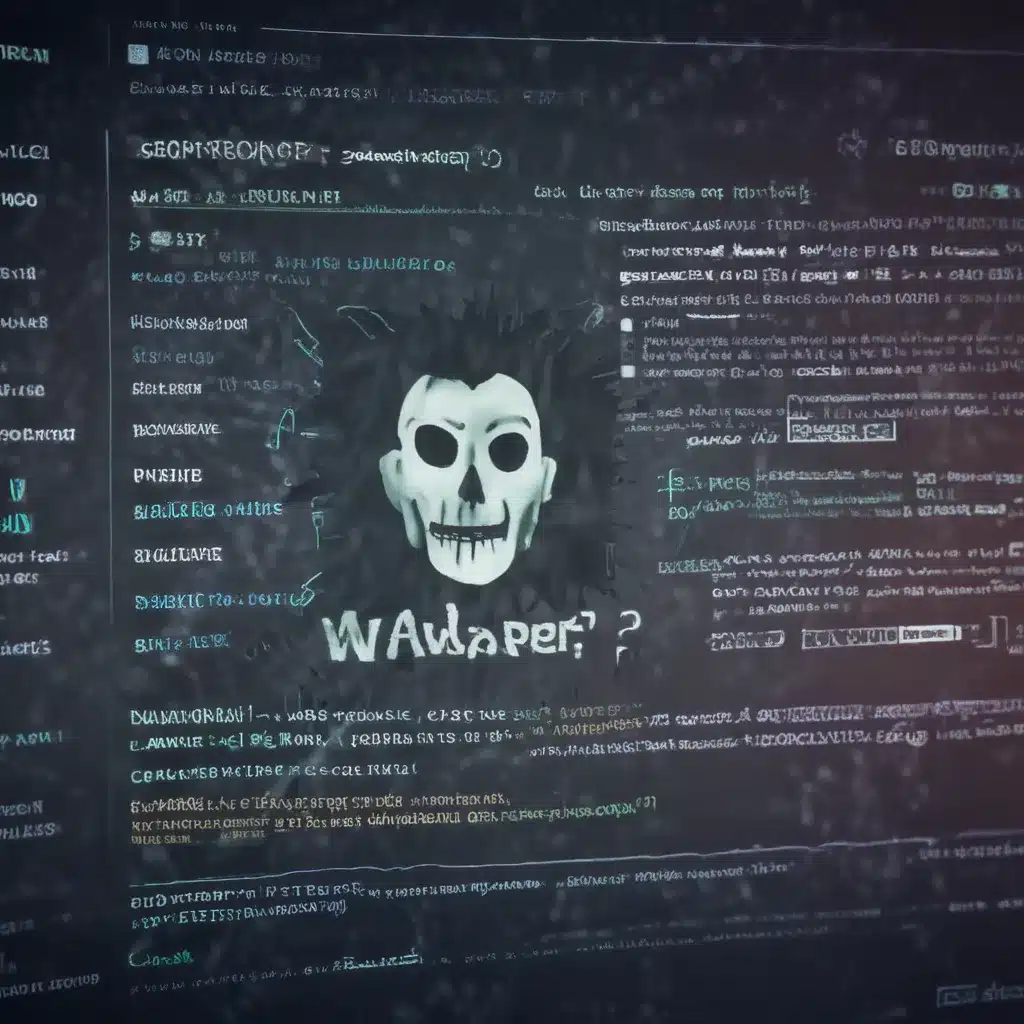Introduction
Data breaches caused by unpatched software vulnerabilities have become a major issue in recent years. As our digital footprint expands, so do opportunities for hackers to exploit weaknesses and gain access to sensitive information. Some of the largest companies and government agencies have fallen victim, with incidents involving millions of customer records and troves of classified data. Understanding how and why these breaches occur is key to strengthening defenses and preventing future attacks.
Common Vulnerabilities Behind Major Breaches
SQL Injection
- SQL injection involves manipulating backend database queries to access unauthorized data.
- It often stems from improper input validation on web forms.
- Hackers can steal everything from customer details to intellectual property using this technique.
- Examples include the 2013 Yahoo breach exposing 3 billion accounts and the 2018 Ticketmaster breach affecting 40 million customers.
Buffer Overflow
- Buffer overflows happen when more data is written to a block of memory than it can handle.
- This can lead to crashes, denial of service, and arbitrary code execution.
- The 2017 Equifax breach, which compromised 147 million Social Security numbers, stemmed from a buffer overflow vulnerability in Apache Struts.
Poor Access Controls
- When user accounts and access rights are not properly restricted, intruders can move laterally within systems.
- The 2014 JPMorgan Chase breach, exposing over 80 million accounts, resulted from hackers elevating privileges using a compromised server.
- Proper identity and access management controls are essential.
Unpatched Known Vulnerabilities
- Well-known vulnerabilities with available patches frequently go unfixed.
- The 2017 WannaCry ransomware attack that infected 200,000 systems in 150 countries took advantage of unpatched Microsoft SMB vulnerabilities.
- Regular vulnerability scanning and patching is critical, especially for Internet-facing services.
Major Impacts of Breaches
Financial Loss
- Breaches cost companies an average of $4 million in direct costs. Factors include legal fees, IT expenses, PR crisis management, and regulatory fines.
- High profile incidents like the 2013 Target breach, which compromised 40 million payment cards, have cost hundreds of millions.
Reputational Damage
- In addition to direct costs, breaches seriously harm brand reputation and customer trust.
- A Ponemon Institute study found that after a breach, 70% of consumers lose trust in the breached company.
Loss of Intellectual Property
- Breaches often expose trade secrets, contracts, source code, and other proprietary data, as with the 2020 FireEye breach.
- This can erase years of R&D investment and competitive advantage.
National Security Risks
- When government agencies are breached, critical intelligence capabilities and state secrets are jeopardized.
- The 2015 US Office of Personnel Management breach leaked extremely sensitive records on 21 million people.
Steps to Improve Defenses
Prioritize Patching
- Establish processes to rapidly test and deploy relevant software fixes on both applications and endpoints. Automate where possible.
Harden Systems
- Lock down unnecessary ports and services. Enforce least privilege access. Employ firewalls and network segmentation.
Adopt Zero Trust
- Verify all users and devices before granting any access. Limit lateral movement across systems.
Penetration Testing
- Ethically hack your own systems to discover vulnerabilities before attackers do. Remediate accordingly.
Incident Response Planning
- Have an IR team and plan ready to isolate, investigate and remediate breaches swiftly.
Conclusion
Unpatched vulnerabilities provide an easy route for malicious actors to penetrate otherwise secure systems. Major data breaches will continue unless software security receives the same level of investment and attention as other features. Implementing strong technical controls and response plans is critical. But organizations must also build a culture focused on continuous system hardening to get ahead of emerging threats.













